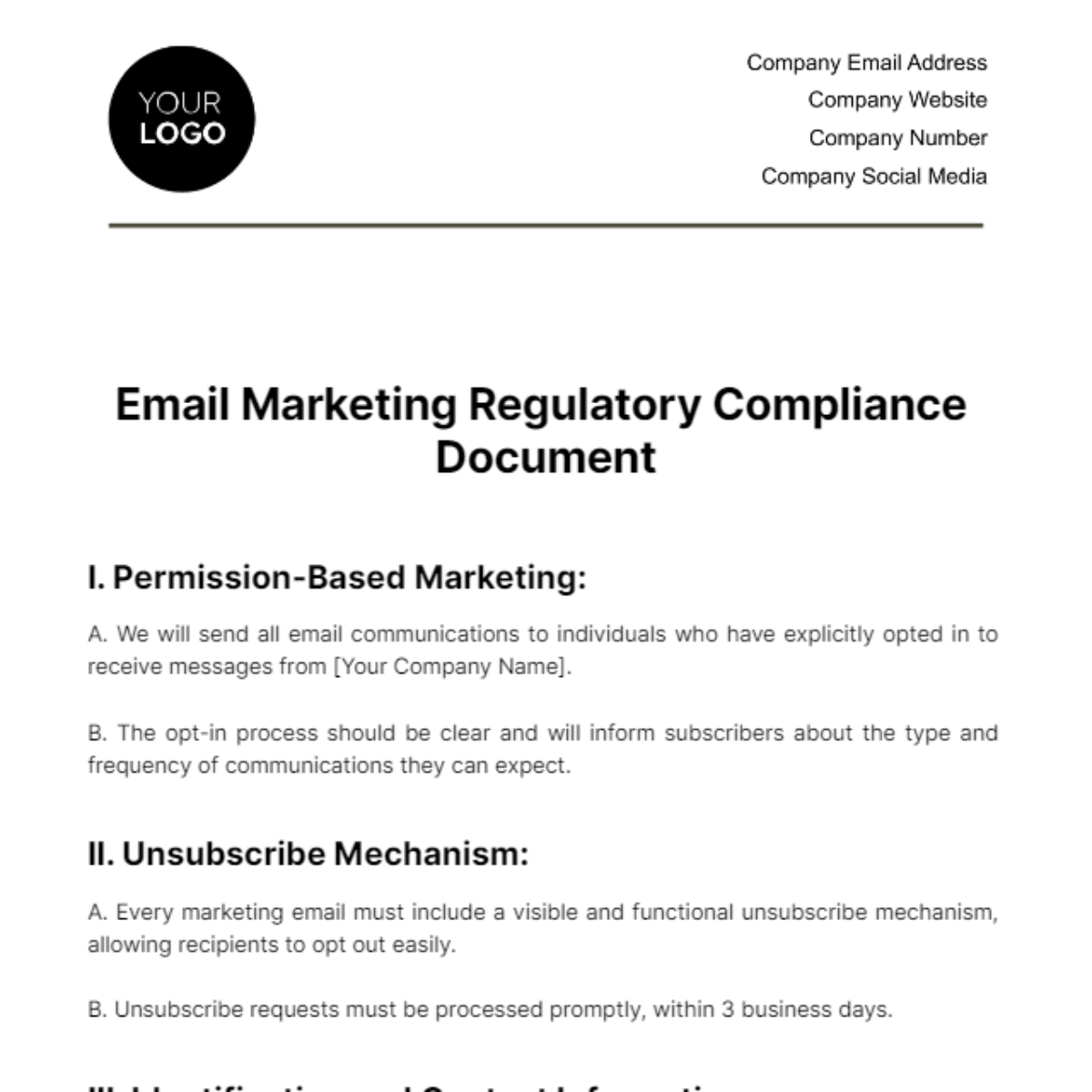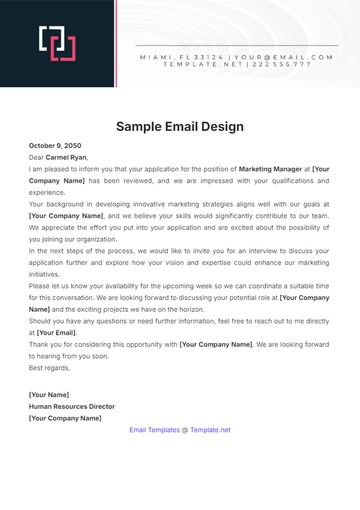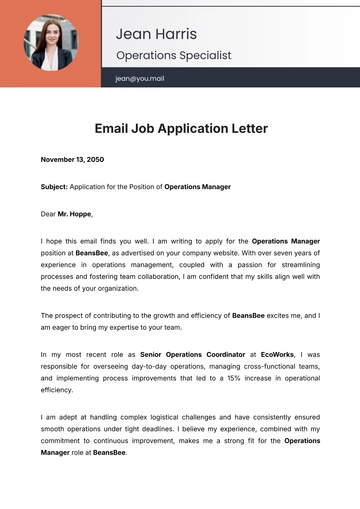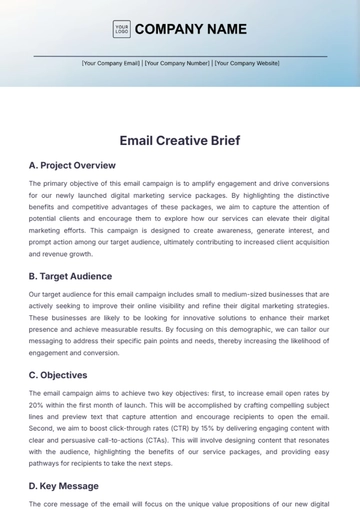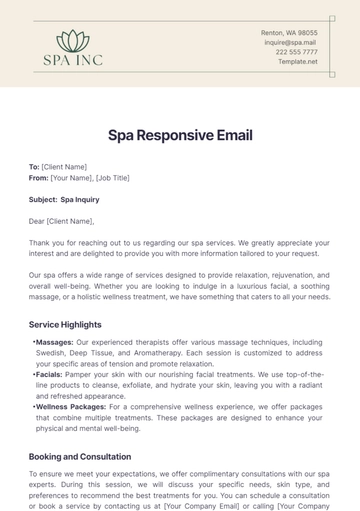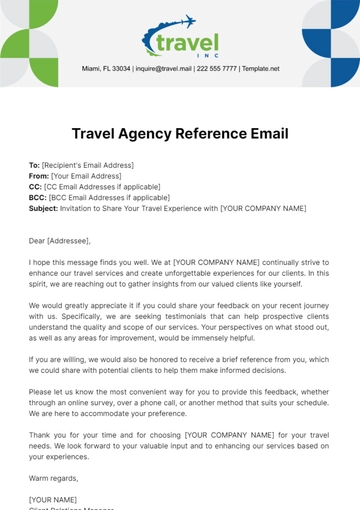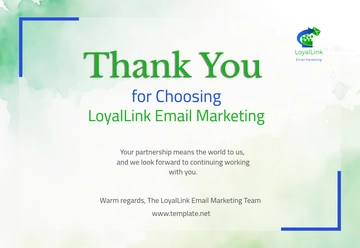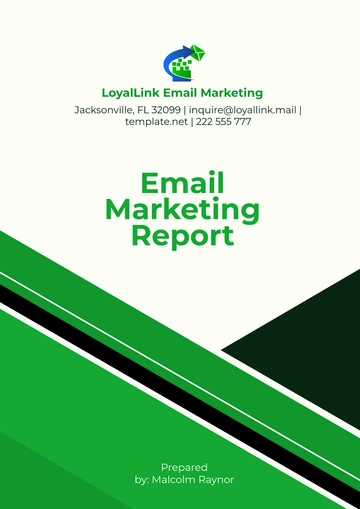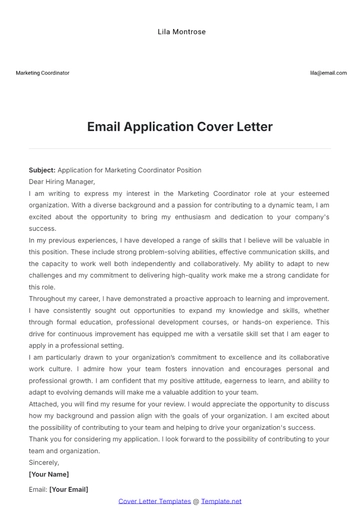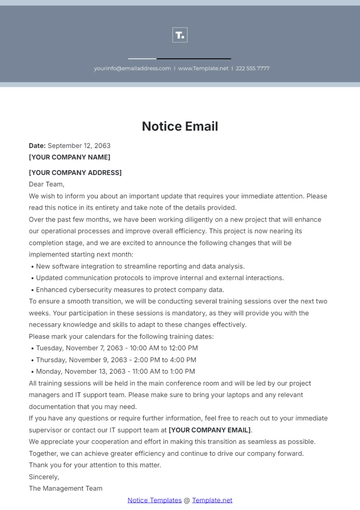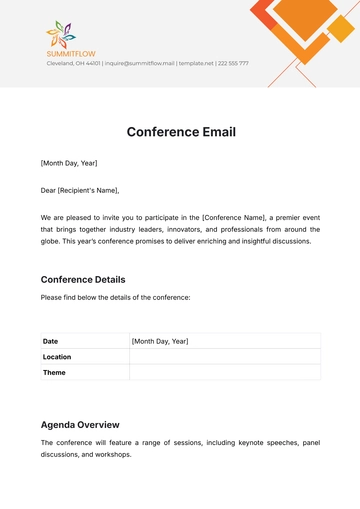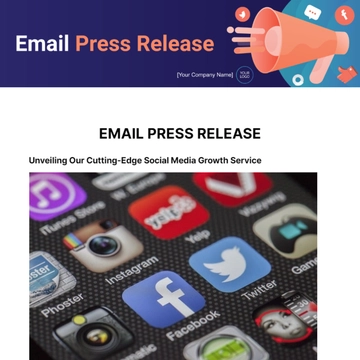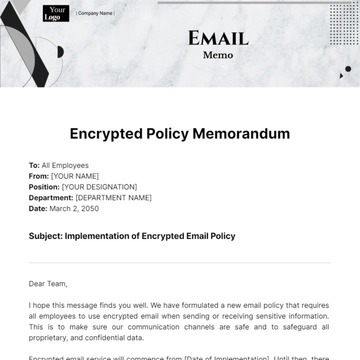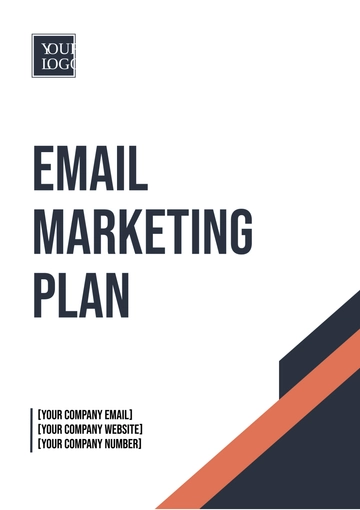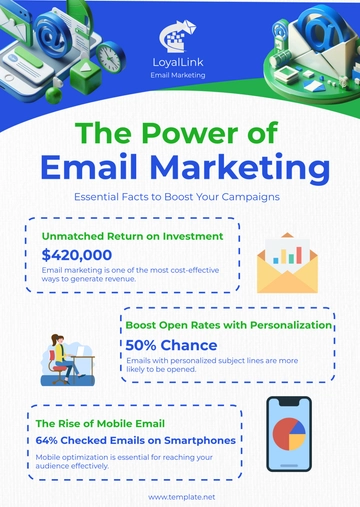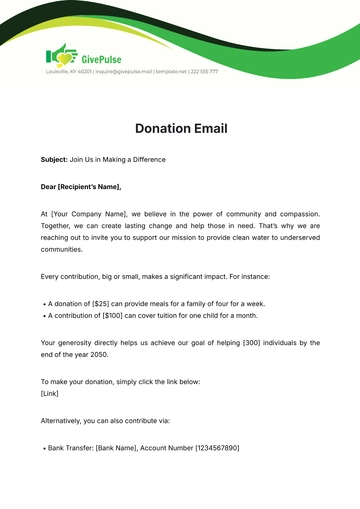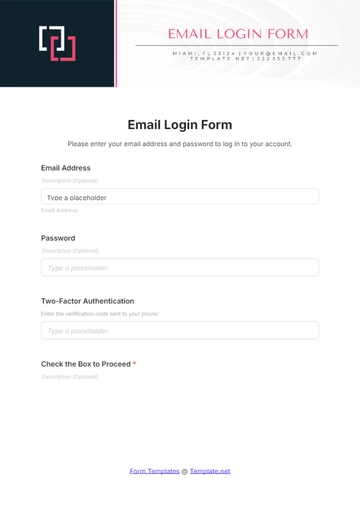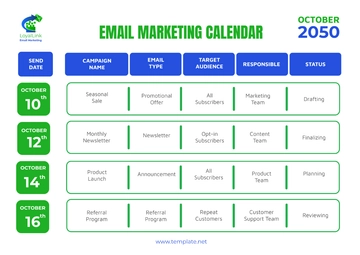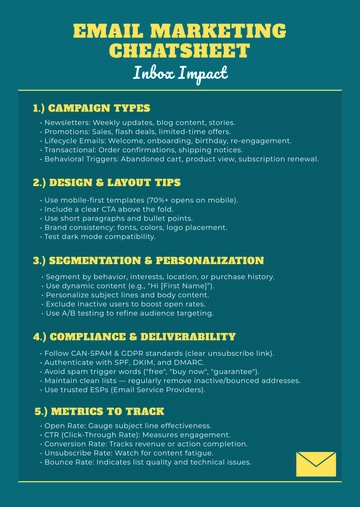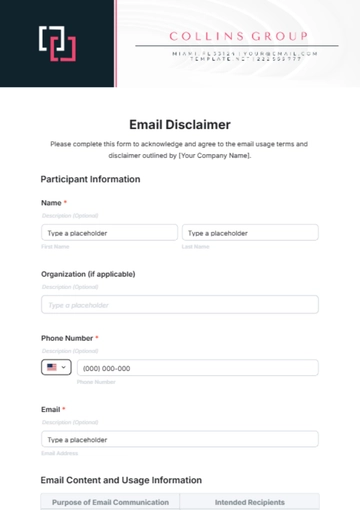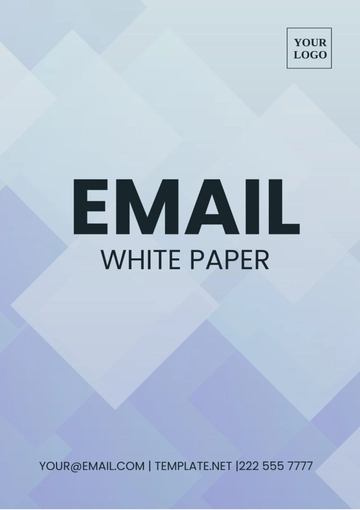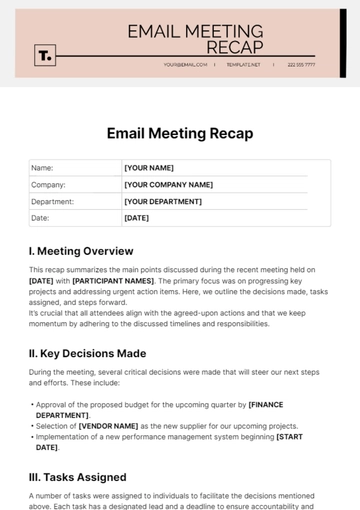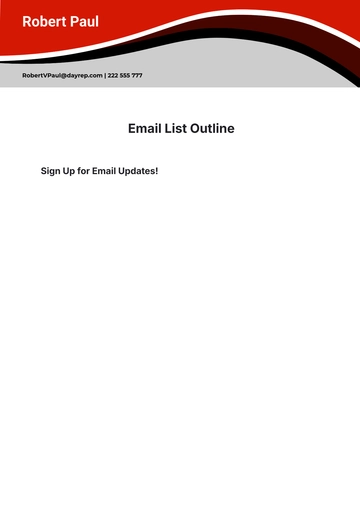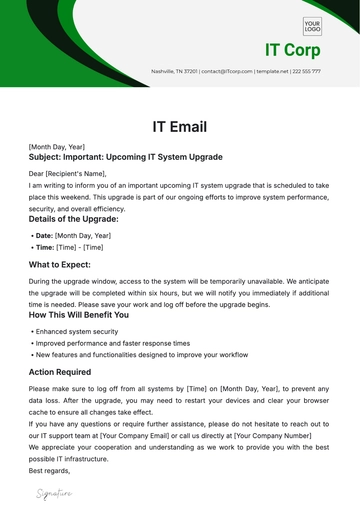Email Marketing Regulatory Compliance Document
I. Permission-Based Marketing:
A. We will send all email communications to individuals who have explicitly opted in to receive messages from [Your Company Name].
B. The opt-in process should be clear and will inform subscribers about the type and frequency of communications they can expect.
II. Unsubscribe Mechanism:
A. Every marketing email must include a visible and functional unsubscribe mechanism, allowing recipients to opt out easily.
B. Unsubscribe requests must be processed promptly, within 3 business days.
III. Identification and Contact Information:
A. Identify [Your Company Name] as the sender of the email.
B. Include a valid physical mailing address and contact information in every email, as the regulatory standards will require us.
IV. Content Compliance:
A. Ensure that the content of marketing emails complies with relevant laws and regulations, including but not limited to the CAN-SPAM Act and GDPR.
B. Avoid the use of misleading subject lines, false claims, or deceptive practices.
V. Data Security and Privacy:
A. Safeguard customer data and ensure compliance with data protection laws.
B. Regularly update and maintain security measures to protect against unauthorized access to customer information.
VI. Frequency and Timing:
A. Respect subscriber preferences regarding email frequency.
B. Avoid sending emails during off-hours unless explicitly requested by the subscriber.
VII. Third-Party Partners:
A. If we collaborate with third-party partners for email marketing, ensure that they also adhere to these compliance standards.
B. Conduct due diligence to verify that our partners are compliant with relevant regulations.
VIII. Record-Keeping:
A. Maintain records of subscriber consent and opt-in processes.
B. Regularly review and update records to reflect the most current information.
IX. Educate Marketing Team:
A. Provide ongoing training to the marketing team regarding email marketing regulations and compliance standards.
B. Regularly review and update internal policies to align with any changes in regulations.
X. Monitoring and Auditing:
A. Implement regular monitoring and auditing processes to ensure ongoing compliance.
B. Conduct internal audits and, if necessary, engage external experts to assess our compliance status.
Marketing Templates @ Template.net
